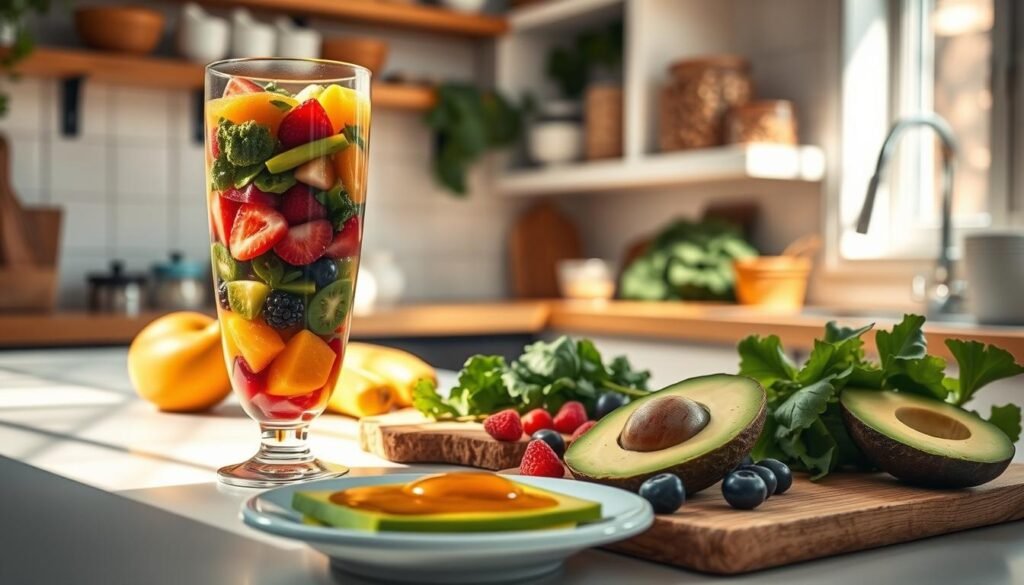
As I embarked on my journey to a healthier lifestyle, I found myself overwhelmed by the myriad of dieting options available. From fad diets to strict meal plans, the choices seemed endless. But one approach that caught my attention was the 21-Day Smoothie Diet. The promise of quick weight loss and improved overall health was enticing, but I couldn’t help but wonder: could I really survive the first day of this diet?
Starting a new diet can be daunting, especially when you’re faced with the prospect of drastically changing your eating habits. The thought of giving up your favorite foods and replacing them with unfamiliar meals can be enough to make anyone want to throw in the towel before even beginning. However, with the right mindset strategies and motivation techniques, you can overcome these initial hurdles and set yourself up for success.
The 21-Day Smoothie Diet, created by health coach Drew Sgoutas, claims to help users lose up to 9 pounds (4 kg) in just 3 days by replacing two meals each day with nutrient-dense smoothies. The program provides around 1,500 calories per day and emphasizes high fiber content to keep you feeling fuller for longer. While the smoothie recipes are reported to be low in calories and protein, the diet does encourage the consumption of a variety of whole, minimally processed foods during the one solid-food meal allowed each day.
As I prepared to begin my smoothie diet journey, I couldn’t help but feel a mix of excitement and apprehension. Would I be able to stick to the plan and resist the temptation of my usual go-to snacks? Would I feel satisfied with just smoothies and one solid meal per day? These questions swirled in my mind, but I was determined to give it my all and see where this path would lead me.
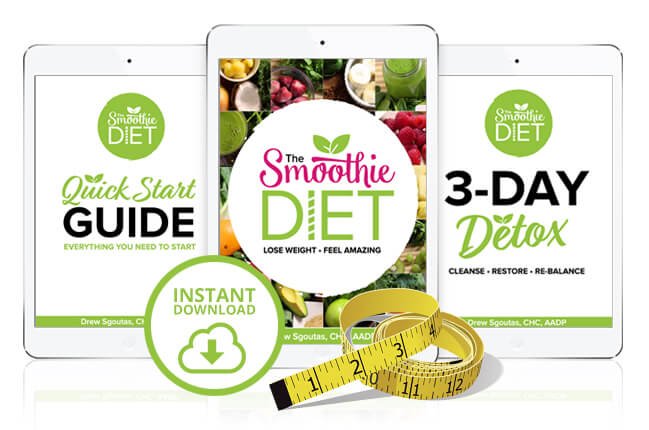
Key Takeaways
- The 21-Day Smoothie Diet is a weight loss plan that involves replacing two meals per day with smoothies.
- The program claims to help users lose up to 9 pounds (4 kg) in just 3 days.
- The diet emphasizes high fiber content and encourages the consumption of whole, minimally processed foods.
- Users are allowed one solid-food meal and two healthy snacks per day.
- Starting a new diet can be challenging, but with the right mindset and motivation techniques, success is possible.
Understanding the Challenges of Starting a New Diet
Starting a new diet can be an exciting yet daunting journey. As we embark on our path to better health and weight loss, it’s crucial to acknowledge the challenges that lie ahead. By understanding the common obstacles and pitfalls, we can better prepare ourselves mentally and set realistic expectations for our first day on the diet.
Common Obstacles and Pitfalls
One of the biggest hurdles when starting a new diet is dealing with cravings and temptations. It’s natural to feel drawn to comfort foods or sugary snacks, especially when our bodies are adjusting to new eating habits. The key to overcoming these obstacles is to have a plan in place. Preparing nutritious recipes and practicing portion control can help curb cravings and keep us on track.
Another common pitfall is the lack of variety in our meals. When we limit ourselves to a strict diet, it’s easy to fall into a routine of eating the same foods repeatedly. This can lead to boredom and a higher likelihood of giving in to temptations. To combat this, it’s essential to experiment with new, healthy ingredients and find creative ways to prepare satisfying meals.

The Importance of Mental Preparation
Starting a new diet is not just about changing what we eat; it’s also a mental game. Before diving in, it’s crucial to prepare ourselves psychologically for the journey ahead. This means setting realistic goals, understanding that setbacks are normal, and developing a positive mindset.
One effective way to mentally prepare is to focus on the benefits of a healthier lifestyle. Instead of dwelling on the foods we can’t have, we should shift our attention to how our bodies will feel when nourished with wholesome, nutritious ingredients. By visualizing our success and the positive changes we’ll experience, we can stay motivated and committed to our goals.
Remember, starting a new diet is a process, and it’s okay to take it one day at a time. With the right mindset, preparation, and strategies to overcome obstacles, we can set ourselves up for success on day one and beyond.
Setting Realistic Expectations for Day One
When embarking on a new diet, like the 21-Day Smoothie Diet, it’s essential to set realistic goals and manage your weight loss expectations. While the diet claims to help individuals lose up to 9 pounds (4 kg) in just 3 days, it’s crucial to remember that sustainable progress is more important than rapid weight loss.
The 21-Day Smoothie Diet is structured to provide approximately 1,500 calories per day, which aligns with the USDA’s recommended daily caloric intake for weight loss. However, it’s important to note that consuming too few calories can lead to negative side effects, such as hunger, nausea, headaches, and fatigue. Setting realistic expectations for your first day on the diet can help you maintain a positive mindset and focus on making small, achievable changes that can be maintained long-term.
On day one of the smoothie diet, you’ll replace two meals with smoothies and consume one solid meal and two healthy snacks. The recommended calorie range for snacks is around 150–200 calories per serving. While the diet includes 36 smoothie recipes, it’s essential to choose options that provide a balance of nutrients, including protein and healthy fats, to keep you feeling satisfied throughout the day.
Remember, sustainable weight loss is a gradual process that requires patience and consistency. Instead of focusing solely on the number on the scale, celebrate the small victories along the way, such as increased energy levels, improved digestion, and a more positive relationship with food. By setting realistic goals and expectations for day one and beyond, you’ll be better equipped to navigate the challenges of starting a new diet and achieve lasting success.
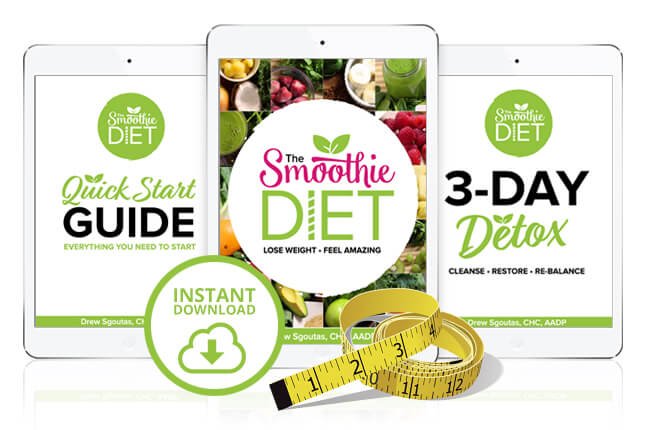
Preparing for Success: Essential Steps Before Starting Your Diet
Before diving into day one of your diet, it’s crucial to lay the groundwork for success. By taking a few essential steps, you can set yourself up for a smoother transition and increase your chances of sticking to your healthy eating plan. Here are some key actions to consider:
Clearing Out Temptations from Your Kitchen
One of the first steps in preparing for your diet is to remove any temptations from your kitchen. Take a thorough inventory of your pantry, fridge, and freezer, and eliminate any unhealthy snacks, processed foods, or high-calorie items that may derail your progress. By creating a clean slate, you’ll be less likely to succumb to cravings and more likely to reach for healthy food choices when hunger strikes.
Stocking Up on Healthy Foods and Ingredients
With temptations out of the way, it’s time to fill your kitchen with nutritious, wholesome foods that align with your diet plan. Engage in mindful grocery shopping, focusing on fresh fruits, vegetables, lean proteins, and whole grains. The 21-Day Smoothie Diet provides detailed shopping lists categorized by smoothie and week, making meal prep and grocery shopping a breeze.
- The 21-Day Smoothie Diet is designed to provide around 1,500 calories per day, with each snack recommended to be around 150–200 calories per serving.
- The e-book includes a total of 36 smoothie recipes, offering variety and flexibility in your meal planning.
- The USDA 2020–2025 Dietary Guidelines for Americans recommend consuming a balanced diet while staying within a limit of 2,000 calories daily for weight management.
Planning Your Meals and Snacks
With a well-stocked kitchen, the next step is to plan your meals and snacks in advance. Meal prep is a powerful tool for staying on track with your diet, as it eliminates the guesswork and reduces the likelihood of making impulsive food choices. Take some time to map out your meals for the week, incorporating a balance of smoothies, solid meals, and healthy snacks.
Remember, organization is key when it comes to successful meal prep. Consider preparing smoothie ingredients in advance, portioning out snacks, and cooking in bulk to save time and effort throughout the week. By having a plan in place, you’ll be better equipped to navigate day one of your diet and beyond.
Strategies for Managing Cravings and Temptations
When embarking on a new diet, like the 21-Day Smoothie Diet, managing cravings and temptations is crucial for success. By implementing effective craving management techniques, you can stay on track and achieve your weight loss goals.
Identifying Your Triggers
The first step in managing cravings is to identify your triggers. Common triggers include stress, boredom, and emotional eating. Keep a journal to track your cravings and the emotions or situations that precede them. Once you recognize your triggers, you can develop strategies to cope with them in a healthy manner.

Finding Healthy Alternatives
When cravings strike, reach for healthy snacks instead of high-calorie, nutrient-poor options. The 21-Day Smoothie Diet provides a variety of nutritious smoothie recipes that can satisfy your cravings while keeping you on track. However, it’s important to note that some smoothies may be low in protein and healthy fats, so be sure to incorporate these essential nutrients through solid meals and snacks.
| Snack | Benefits |
|---|---|
| Fresh fruits and vegetables | Rich in fiber, vitamins, and minerals |
| Nuts and seeds | Good sources of healthy fats and protein |
| Greek yogurt with berries | High in protein and antioxidants |
| Hummus with carrot sticks | Provides fiber and healthy fats |
Distraction Techniques to Overcome Cravings
When a craving hits, try to distract yourself with an engaging activity. Go for a walk, call a friend, or practice deep breathing exercises. Mindful eating can also help you overcome cravings by bringing awareness to your eating habits and helping you distinguish between true hunger and emotional eating.
Remember, cravings are temporary, and with the right strategies, you can overcome them and stay committed to your weight loss journey.
How to Survive Day One of Any Diet
Embarking on a new diet can be an exciting yet daunting experience, especially when it comes to surviving the first day. As I’ve learned from my own weight loss journey, the initial 24 hours are crucial in setting the tone for long-term success. To help you navigate the challenges of day one, I’ve compiled a list of essential survival tips that have proven invaluable in staying on track.
First and foremost, preparation is key. Before diving into your chosen diet plan, take the time to clear out any temptations from your kitchen pantry and fridge. Replace sugary snacks and processed foods with healthier alternatives like fresh fruits, vegetables, and whole grains. By surrounding yourself with nutritious options, you’ll be less likely to succumb to cravings when hunger strikes.
Next, focus on staying hydrated throughout the day. Drinking plenty of water not only helps curb appetite but also flushes out toxins and keeps you feeling energized. Aim for at least eight glasses a day, and consider infusing your water with fresh lemon or mint for an added boost of flavor. Remember, thirst can often be mistaken for hunger, so reach for a glass of water before giving in to snack cravings.
Another crucial aspect of surviving day one is having a solid support system in place. Enlist the help of friends or family members who can offer encouragement and accountability as you embark on your weight loss journey. Consider joining online communities or forums where you can connect with others facing similar first-day challenges. Knowing that you’re not alone can provide a powerful source of motivation when the going gets tough.

Finally, be kind to yourself and celebrate the small victories along the way. Remember that lasting change takes time, and every healthy choice you make on day one is a step in the right direction. If you do experience a setback or moment of weakness, don’t let it derail your entire progress. Simply acknowledge it, learn from the experience, and move forward with renewed determination.
By implementing these survival tips and maintaining a positive mindset, you’ll be well-equipped to tackle the challenges of day one and set yourself up for long-term success on your weight loss journey. Stay focused, stay committed, and most importantly, believe in yourself – you’ve got this!
Staying Hydrated: The Key to Success on Day One
As you embark on your weight loss journey, it’s crucial to remember the importance of staying hydrated. Drinking enough water is essential for your overall health and can significantly impact your success on day one of your diet and beyond. When you’re well-hydrated, you’ll feel more energized, focused, and ready to tackle the challenges ahead.

The Benefits of Drinking Water for Weight Loss
Water is a powerful ally in your weight loss efforts. It helps to curb your appetite, making you feel fuller and less likely to overeat. Additionally, water consumption can boost your metabolism, helping your body burn calories more efficiently. When you’re properly hydrated, your body can also flush out toxins more effectively, promoting a healthier internal environment conducive to weight loss.
Consider these impressive statistics:
- Drinking water before meals can lead to an average reduction in intake of 75 calories per meal.
- Increasing water intake by 1.5 liters (about 6 cups) per day can burn an extra 17,400 calories over the course of a year, which equates to approximately 5 pounds of fat.
- Drinking cold water can temporarily boost your metabolism by up to 30% for about an hour.
Tips for Increasing Your Water Intake
Now that you understand the significance of hydration for weight loss success, it’s time to put that knowledge into practice. Aim to drink at least 8 glasses (64 ounces) of water per day. Here are some tips to help you reach that goal:
- Carry a reusable water bottle with you throughout the day to encourage regular sipping.
- Set reminders on your phone or computer to drink water at specific intervals.
- Infuse your water with fresh fruits, vegetables, or herbs for added flavor and nutrients.
- Opt for water-rich foods like cucumbers, watermelon, and zucchini to boost your hydration levels.
By prioritizing hydration on day one and throughout your weight loss journey, you’ll be setting yourself up for success. Remember, every sip counts towards your goal of a healthier, happier you.
The Role of Support Systems in Diet Success
Embarking on a weight loss journey can be challenging, but having a strong support system can make all the difference in your success. Whether it’s the encouragement of loved ones or the accountability of online communities, surrounding yourself with supportive individuals can help you stay motivated and on track with your diet goals.
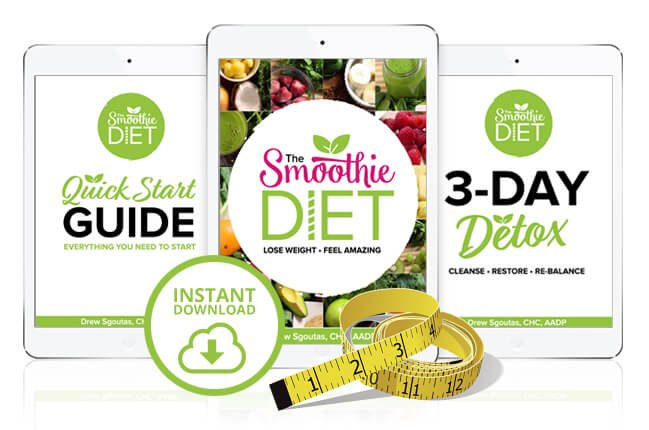
Enlisting the Help of Friends and Family
One of the most effective ways to ensure success on your diet is to enlist the help of your friends and family. Share your goals with them and explain how they can support you along the way. This may involve asking them to avoid tempting you with unhealthy foods, joining you for healthy meals or workouts, or simply providing words of encouragement when you need them most.
Having a supportive network of loved ones can make a significant impact on your ability to stick to your diet, especially during challenging moments. When you feel like giving up, your friends and family can remind you of your goals and help you stay focused on the bigger picture.
Joining Online Communities for Motivation and Accountability
In addition to the support of friends and family, joining online communities can be a valuable resource for staying motivated and accountable on your weight loss journey. There are countless online forums, social media groups, and websites dedicated to connecting individuals who are working towards similar diet and fitness goals.
By engaging with these online communities, you can find accountability partners, share your struggles and successes, and learn from the experiences of others. Many of these groups also provide helpful tips, recipes, and workout ideas to keep you inspired and on track.
Participating in online communities can also help you feel less alone in your journey, as you connect with others who understand the challenges and triumphs of dieting. By building a network of supportive individuals, both in-person and online, you’ll be better equipped to overcome obstacles and achieve your weight loss goals.

Incorporating Physical Activity into Your Day One Routine
When embarking on a new diet, it’s essential to remember that physical activity plays a crucial role in achieving your weight loss goals and maintaining overall health. Even on day one of your diet, incorporating exercise into your routine can help jumpstart your metabolism, boost calorie burning, and set the stage for long-term success.
To begin, focus on simple and manageable activities that align with your current fitness level. Walking is an excellent choice for those just starting, as it’s low-impact, accessible, and easy to incorporate into daily life. Aim for a brisk 20-30 minute walk on day one, either outdoors or on a treadmill. This active lifestyle choice will not only contribute to calorie burning but also improve your mood and reduce stress, making it easier to stick to your diet plan.
Stretching is another valuable activity to include in your day one routine. Gentle stretches can help improve flexibility, reduce muscle tension, and prevent injury as you gradually increase the intensity of your workouts. Consider dedicating 5-10 minutes to stretching major muscle groups, such as your legs, hips, back, and shoulders. This practice will not only support your fitness goals but also promote relaxation and mindfulness, which are essential for maintaining a positive mindset during your weight loss journey.
As you progress through your diet and exercise program, gradually increase the duration and intensity of your workouts to continue challenging your body and promoting calorie burning. Incorporating strength training exercises, such as bodyweight squats, lunges, and push-ups, can help build lean muscle mass, boost metabolism, and enhance overall fitness. Remember to listen to your body, stay hydrated, and celebrate the small victories along the way as you embrace an active lifestyle and work towards your weight loss goals.
Introduction to the Smoothie Diet
If you’re looking for a unique approach to weight loss, the Smoothie Diet might be worth considering. This 21-day plan involves replacing two meals per day with nutrient-dense, low-calorie smoothies, while allowing one solid meal and two healthy snacks. The program claims to help with weight loss, increased energy levels, and improved overall health.
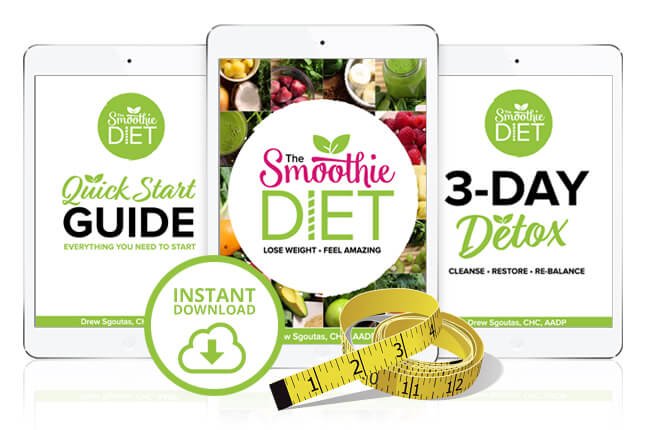
What is the Smoothie Diet?
The Smoothie Diet is a 3-week program designed to promote rapid weight loss by substituting two daily meals with nutritious smoothies. The plan includes 36 smoothie recipes, shopping lists, and a detailed schedule outlining which smoothies to prepare each day. Testimonials suggest that participants can lose up to 9 pounds (4 kg) in just 3 days by following this diet.
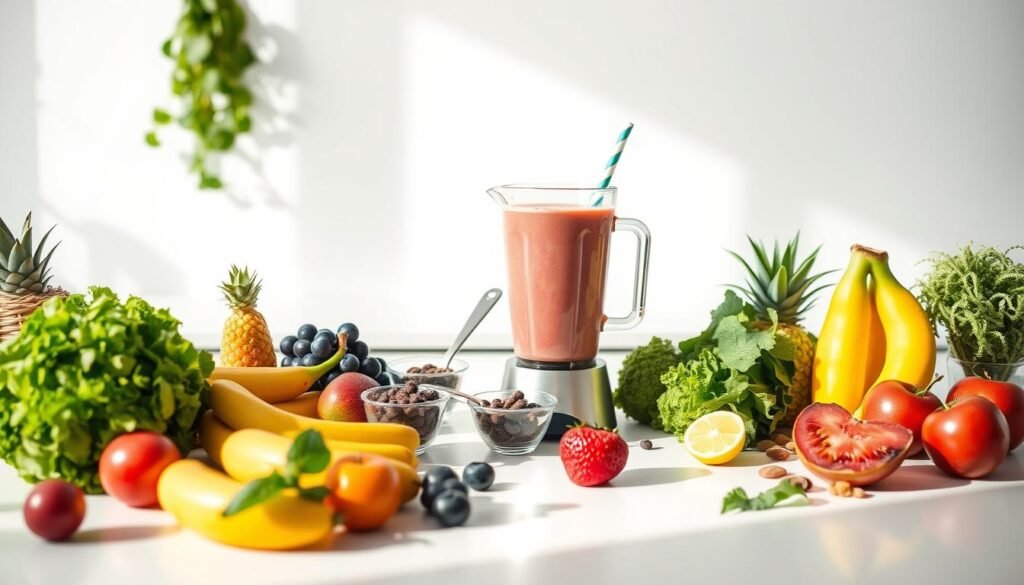
How the Smoothie Diet Works
The diet recommends a daily caloric intake of around 1,500 calories, with solid meals consisting of approximately 150-200 calories per serving for snacks. The smoothie recipes are designed to be nutrient-dense and low in calories, with a high fiber content to keep you feeling fuller for longer. However, it’s important to note that some recipes, such as the Green Detox smoothie, contain less than 4 grams of protein per serving.
Benefits of the Smoothie Diet for Weight Loss
While the Smoothie Diet may lead to rapid weight loss due to its low-calorie nature, it’s essential to approach it with caution. Research suggests that liquid meals, like smoothies, may be less filling than solid foods, potentially leading to increased hunger. Additionally, studies indicate that weight loss programs using meal replacements may have a higher risk of weight regain once a typical diet is resumed.
It’s also crucial to consider the potential drawbacks of the Smoothie Diet, such as the risk of nutrient deficiencies due to the limitation of whole grains, healthy fats, and lean proteins. The diet may also be high in sugar due to the inclusion of multiple servings of fruits and other high-sugar ingredients like honey or granola.

Smoothie Diet Review: Pros and Cons
The Smoothie Diet has gained popularity as a quick and convenient way to shed pounds, but is it truly effective and sustainable? Let’s take a closer look at the advantages and potential drawbacks of this 21-day diet plan.
The Smoothie Diet involves replacing two meals per day with nutrient-dense smoothies, totaling three meals a day including one solid-food meal. The plan is designed to provide approximately 1,500 calories daily, with a recommended snack calorie range of 150–200 calories per serving.
Advantages of the Smoothie Diet
One of the main benefits of the Smoothie Diet is its emphasis on consuming nutrient-dense foods, such as fruits and vegetables, while limiting processed ingredients. The diet is also high in fiber, which can help keep you feeling fuller for longer periods. Some of the potential advantages include:
- Quick weight loss results, with testimonials claiming up to 9 pounds (4 kg) lost in just 3 days
- Increased fruit and vegetable intake
- Convenient meal preparation with 36 smoothie recipes provided in the e-book
Potential Drawbacks and Concerns
While the Smoothie Diet may offer some benefits, there are also several limitations and potential side effects to consider:
- Difficulty in maintaining the diet long-term, as liquid meals may be less satisfying than solid foods
- High sugar content from multiple servings of fruits and added sweeteners, which may not be suitable for individuals with certain medical conditions like diabetes
- Risk of nutrient deficiencies due to the limited variety of foods consumed
- Potential for weight regain once normal eating habits are resumed
- Lack of scientific evidence supporting claims of improved skin, gut health, or immune function
It’s important to note that consuming too few calories can lead to negative side effects such as hunger, nausea, headaches, and fatigue. The following table compares the calorie recommendations of the Smoothie Diet to the USDA guidelines:
| Diet Plan | Daily Calorie Recommendation |
|---|---|
| 21-Day Smoothie Diet | 1,500 calories |
| USDA 2020–2025 Dietary Guidelines for Americans | 2,000 calories for weight management |
In conclusion, while the Smoothie Diet may lead to rapid weight loss initially, the potential for weight regain is high once normal eating habits are resumed. As with any diet, it’s crucial to consult with a healthcare professional before starting to ensure it aligns with your individual needs and health status.
Success Stories: Real-Life Experiences with the Smoothie Diet
The Smoothie Diet has helped countless individuals achieve their weight loss goals, with many sharing their inspiring success stories and impressive before and after transformations. These real-life testimonials serve as a testament to the effectiveness of this 21-day program, which involves replacing two meals per day with nutrient-rich smoothies.
One remarkable aspect of the Smoothie Diet is the rapid weight loss results reported by participants. Some have claimed to lose up to 9 pounds (4 kg) in just 3 days, jumpstarting their weight loss journeys and providing a strong motivation to continue with the program. The diet’s creator suggests that followers can expect to consume around 1,500 calories per day, a calorie range that aligns with the USDA’s recommendations for weight loss.
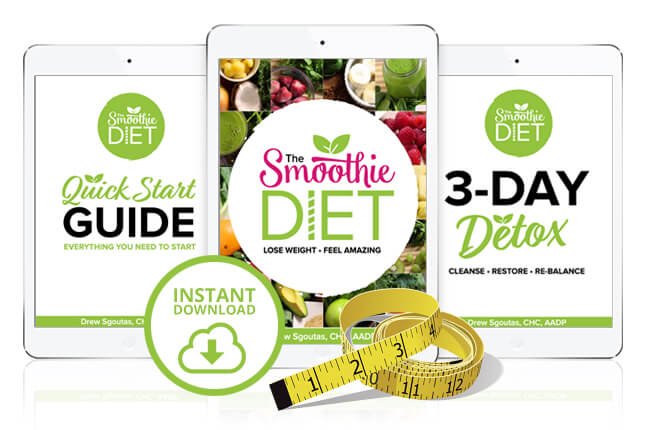
The Smoothie Diet’s comprehensive approach, which includes 36 delicious smoothie recipes, shopping lists, and a structured three-week schedule, has made it easier for people to adopt healthier eating habits and stay committed to their goals. By replacing two meals with smoothies and enjoying one solid meal and two healthy snacks per day, participants have found the diet to be both satisfying and sustainable.
“The Smoothie Diet has completely transformed my life! Not only did I lose weight, but I also feel more energized and confident than ever before. The smoothie recipes are delicious, and the program is so easy to follow. I couldn’t be happier with my results!” – Sarah, lost 15 pounds in 21 days
While individual results may vary, the majority of customer reviews for the Smoothie Diet have been overwhelmingly positive, with many praising the program for its effectiveness, simplicity, and holistic approach to health and wellness. The 60-day money-back guarantee offered by the program’s creator further demonstrates the confidence in its ability to deliver real, lasting results.
As with any diet or lifestyle change, it’s essential to consult with a healthcare professional before starting the Smoothie Diet, especially for those with pre-existing medical conditions or food allergies. By combining the Smoothie Diet with regular physical activity and a balanced approach to overall health, individuals can maximize their weight loss results and maintain their progress long-term.
Conclusion
As I reflect on my final thoughts about surviving day one of any diet, including the Smoothie Diet, I believe that success hinges on a combination of preparation, the right mindset, and practical strategies. While the Smoothie Diet promises quick weight loss results, with claims of losing up to 9 pounds (4 kg) in just 3 days by consuming approximately 1,500 calories per day through 36 smoothie recipes and solid meals, it’s crucial to consider the potential drawbacks before diving in.
One of my key takeaways is that the Smoothie Diet may not provide a balanced intake of macronutrients, as the smoothies are often low in protein, with some containing less than 4 grams per serving. This can make it challenging to reach the recommended daily protein intake of at least 50 grams. Additionally, the diet is high in sugar due to multiple servings of fruits and added sweeteners, which may pose risks for individuals with certain medical conditions, such as diabetes.
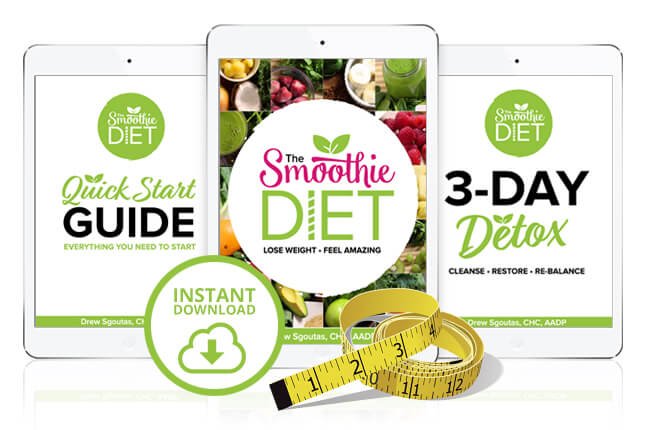
While the 21-Day Smoothie Diet has received mostly positive reviews, with a 4.9/5 overall rating and reported benefits like appetite suppression, body fat reduction, and improved sleep quality, it’s important to note that there is limited research supporting the effectiveness of smoothie diets for long-term weight loss. My personal recommendation would be to approach the Smoothie Diet with caution and consult with a healthcare professional before starting, especially if you have any pre-existing health conditions or concerns. Remember, the key to sustainable weight loss and overall health is finding a balanced approach to healthy eating and lifestyle habits that you can maintain in the long run.
Source Links
- Smoothie diet: Benefits, Weight Loss, and Downsides – https://www.healthline.com/nutrition/smoothie-diet
- What Is the Smoothie Diet? – https://www.verywellfit.com/weight-loss-smoothie-dos-and-donts-3495929
- The Smoothie Diet 21-day Reviews | Cake – https://www.cake.me/the-smoothie-diet-21-day-reviews